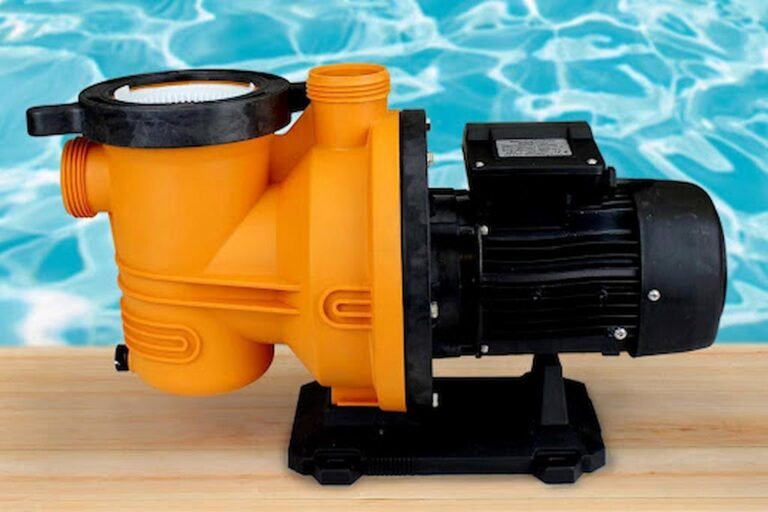For anyone who owns the most basic of tool kits, they are aware that the fundamental difference between hand tools and power tools are that the former are used for tasks on materials where the operator uses their hands and no other source of power. In contrast, power tools are powered with an electric motor. However, there is a little bit more to it than that.
Power tools are seen as ideal for working on large projects efficiently and with some speed, and any task where manpower alone falls short. Hand tools, meanwhile, can reveal the difference that exists between someone who is just starting to get their feet wet in DIY and someone who prides themselves in their craftsmanship, in small tasks. For the job to be done right, there is a certain amount of precision and skill required when using hand tools.
Hand tools do have certain advantages over power tools. They offer more accuracy and sometimes are quicker to use than power tools – especially for small DIY projects. They are also more friendly to the environment, as well as being easier to apply and less expensive to purchase.
Power tools can’t be used in the rain or close to a water supply and they also need to be applied carefully when children or animals are around.
Both power tools and hand tools have their place in any home or workshop. If DIY is something you take seriously or intend to spend more time on, you will ultimately need to get used to using both. There are some jobs which may even need air tools, such as sanding, but this will depend on how small or large the area is that you are working on. Whatever the job you need to complete, you may find using a combination of hand tools and power tools useful.
For more information please visit – www.buckandhickman.com/find/category-is-L0HT+Hand+Tools



